Research & Development Tax Credit
The tax definition of R&D includes more activities than you may think.
History & Intent
The Federal Credit for Increasing Research Activities, or R&D Tax Credit, as it is commonly known, was enacted in 1981. Throughout its history, it has changed section numbers, been temporarily extended 16 times, lapsed for a year, and was finally made permanent by the PATH Act at the end of 2015. This dynamic business incentive has evolved so much over time due not only to the nature of tax law but also because of the historical bipartisan support it has enjoyed. Both political parties have leveraged the previously non-permanent credit as a tool for pushing through legislation that was otherwise unpopular with the other side of the aisle. However, the original intent of the R&D Tax Credit in the Kemp-Roth Tax Cuts (Economic Recovery Tax Act, or “ERTA”) of 1981 was not to create a legislative chess piece so politicians could quibble over “budgetary constraints”. The intent was to provide a tax break for businesses and simultaneously encourage domestic innovation by U.S. taxpayers.
Do Your Activities Meet the 4-Part Test?
-

Permitted Purpose
Activities must be done in an attempt to improve the functionality, performance, reliability, or quality of new or existing products or processes.
-

Elimination of Uncertainty
Activities must seek to eliminate a technical uncertainty concerning the development or improvement of a product or process.
-

Process of Experimentation
Qualified activities are those undertaken to eliminate uncertainties through a process of experimentation including testing, modeling, simulation, or systematic trial and error.
-

Technological in Nature
Activities must fundamentally rely on the principles of the physical or biological sciences, engineering, or computer science.
Benefits of R&D Tax Credit
-
Tax credits directly reduce the amount of taxes owed (tax liability). Tax credits are better than deductions because deductions reduce the amount of income taxed. Thus, tax credits are a dollar for dollar reduction in the amount of money you pay the government. The R&D tax credit is beneficial because the money saved allows businesses to focus on growth and future plans.
-
Your company’s effective tax rate is the ratio of tax to income. Since the R&D credit is a dollar for dollar credit against taxes owed, it reduces your tax liability for the same amount of income.
-
One purpose of the Research and Development Tax Credit is to incentivize American businesses to keep innovating, competing, and growing. There are many companies who have used their credit benefit to reinvest in their business and employees.
-
The R&D credit is NOT just for scientists! A wide range companies in various industries such as manufacturing, engineering, software & technology, and architecture qualify for this credit.
-
The definition of qualified research as determined by the Internal Revenue Code includes a wide variety of industries and activities. Check out our Industries page for more information. If your company falls in one of these industries, reach out to the PTR team to schedule a no-cost assessment of your potential tax savings.
-
The R&D credit allows you to recoup a portion of the investment you put into your business to stay competitive. Whether you are purchasing additional materials to develop new products or hiring personnel to help design or innovate, the R&D credit puts cash in your bank account based on that investment.

“The ability for early-stage small businesses like Desicio to finally use their R&D Tax credit is huge for the startup community. With minimal effort, Probity Tax Recovery saved us over $200,000 in payroll taxes.”
— Hari Radhakrishnan, CO-CEO of Desicio Health, Inc
